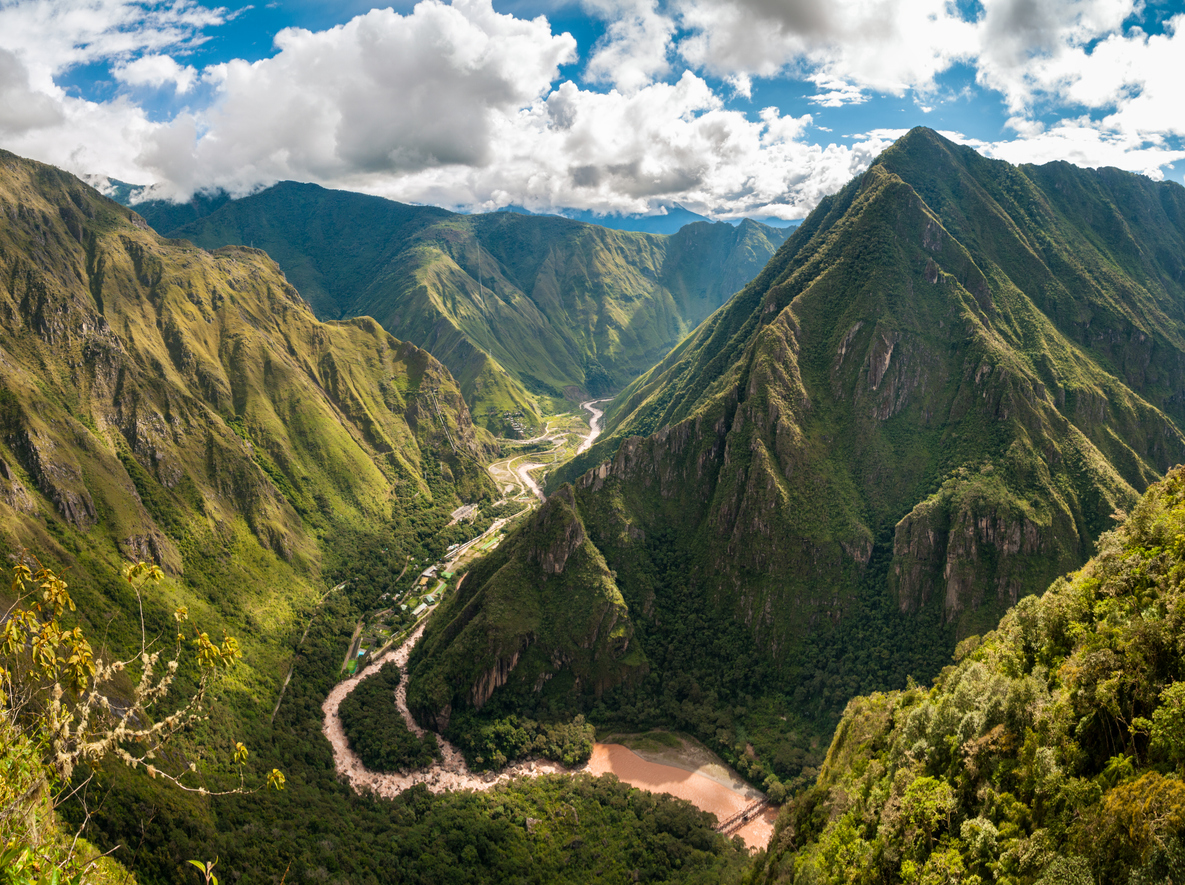
Featuring astonishing landscapes with a myriad of colors and history to boot, Peru provides travelers with an exceptional destination rich with culture. While many visit Peru to explore its nature offerings, others crave more knowledge around the unique history of the country. Those interested in immersing themselves in Peru’s culture will find this Peru travel guide particularly helpful as it explores the history of Peru, offering essential information for new visitors, and multiple ways to learn more about the local culture.
Peru’s Storied History: A Brief History of the Country
Cultural travelers can build the best itinerary for Peru with a better understanding of the history of the country. Peru has been inhabited with various ancient civilizations, including the Incans, since about the eighth millennium. As distinct villages developed in the country, these transitions into multiple cultures and eventually, multiple civilizations. These early civilizations, like the Paracas and the Saliner, paved the way for future groups, such as the Nazca people, those behind the famed Nazca lines.
Eventually, these earlier civilizations began disappearing and were replaced with the Incan civilization in Cuzco. With careful planning, military expertise, and adapting skills learned from conquered civilizations, the Incans massively expanded during their reign.
However, eventually, the land was conquered by Francisco Pizarro, a Spanish conquistador who began with the northern portion of Peru and moved south, taking over the Incan cities during his voyage. Because of this, Peru became a Spanish colony and remained so for a few centuries. Because of the negative impact on the Incan civilization due to the Spanish colonization, it’s essential to keep Peruvian culture alive and well through intellectual traveling.
Dining During a Peru Trip: Exploring Local Culture Through Tast

A significant factor of any locations’ culture is the dishes which have been passed down through generations. The preparation of the food along with the associated customs provide insight into any culture, bridging the past and present seamlessly. Below are a few traditional dishes which are connected to the heart of Peru, making them must-tries on a Peru itinerary.
Ceviche
Perhaps one of the most well-known dishes associated with Peru, ceviche provides travelers with a unique seafood dish. Similar to a fish cocktail, this dish is created with various types of seafood but traditionally with pieces of whitefish. The fish is not cooked. Instead, it is cured with lemon juice and mixed with cilantro, salt, pepper, and onions.
Anticuchos
One of the more adventurous Peruvian dishes is anticuchos, skewers of beef heart pieces, which are marinated and cooked, providing flavorful bites of meat. This is considered a street food, so it will likely be easier to find while exploring Peru on foot.
Pachamanca
Also known as hot stone barbecue, this dish originates in the Andes Mountains region of Peru. It requires a particular method of preparation, which distinguishes this dish from other authentic options. This dish is crafted with a combination of meat, vegetables, and herbs which are buried underground to cook for a few hours.
Cultural Activities in Peru: Crafting a More Memorable Trip
One of the best ways to explore Peru is through cultural experiences, which vary from nature-related activities such as following the Inca Trail to explore the famous archaeological site of Machu Picchu to flying over the mysterious Nazca Lines in a small aircraft. Below are a few options which allow you to experience Peru’s rich culture firsthand when you visit Peru.
A popular option among South America visitors is Machu Picchu, a UNESCO World Heritage Site of great importance to those living in Peru. This sacred site is available through a multi-day hike, train, bus, or jungle trek, providing easy access for any visitor or local who wishes to delve into Peru’s history further. Once a retreat for nobles, Machu Picchu was privy to various rituals, ceremonies, and festivals for the Incan civilization.
In the Sacred Valley, travelers can take tours, which allow them to experience the process of collecting coffee or cacao firsthand with local farmers. While gaining knowledge about the local crops, visitors can taste the fruit from the land. Both ingredients – coffee and cacao- have a long history in Peru and are often used for cultural traditions and ceremonies, making them a top option for cultural tourists.
Other activities which offer insight into Peru’s culture include a day trip to Rainbow Mountain (or a free walking tour – Peru history and highlights included), a boat tour of Lake Titicaca, or day trips to Plaza de Armas in Southern Peru.



